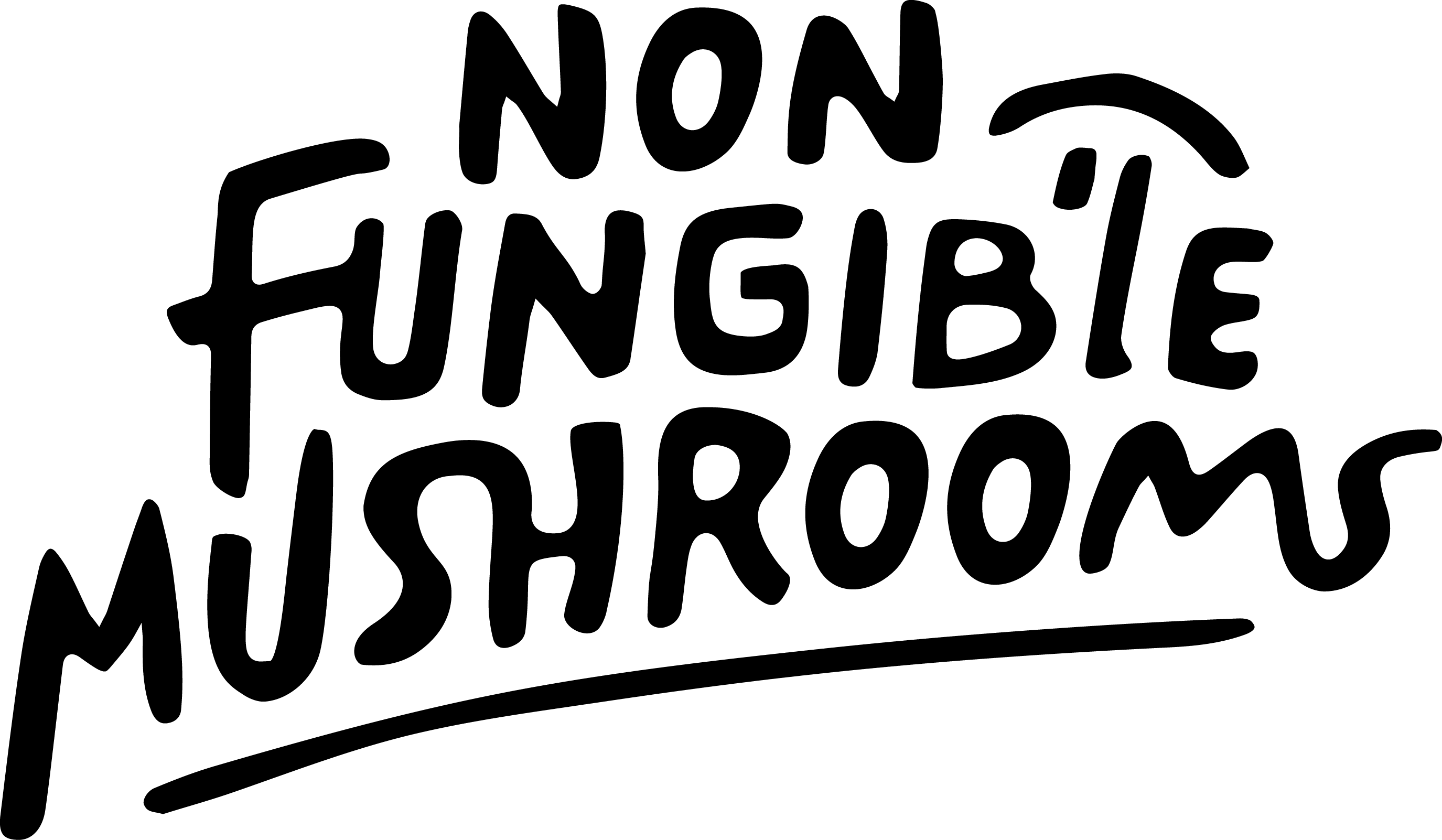

If you’re wondering whether turkey tail mushrooms are edible, you’re not alone. A lot of people hear about the benefits first—immune support, gut health, energy—and then ask the big question: can I actually eat this thing? The answer is yes, turkey tail mushroom is edible, but there are a few things to know before you toss it in your pan or brew it like tea.
First, turkey tail mushroom isn’t your average edible mushroom. It’s not soft like shiitake or rich like maitake. The texture is tough, and the flavor is earthy and woody. So while the turkey tail mushroom is edible, it’s not something you’d sauté and throw on a pizza. This mushroom is made for function, not flavor.
When we say turkey tail mushroom is edible, we mean it's safe to consume. But it’s not the kind of mushroom you chew up raw or roast for dinner. It’s a functional mushroom, meaning it's mainly used for its benefits, not taste or texture.
Here’s why turkey tail mushroom is edible but not a gourmet item:
It’s tough and fibrous, not soft or juicy
It has a bitter, woody taste that doesn’t fade with cooking
It needs to be broken down by heat or extraction for benefits
It’s usually made into tea, powder, capsules, or tinctures
At Non Fungible Mushrooms, we make it easy to enjoy the benefits of edible turkey tail mushrooms without needing to forage, boil, or process them yourself. Our Life Daily Mushroom Supplements include turkey tail, formulated to support immunity and gut health in a way that’s actually convenient.
We also include it in our Complete Wellness Kit, designed to help you build a strong baseline for energy, recovery, and daily wellness using powerful, edible turkey tail mushroom blends.
If you're ever tempted to find your own edible turkey tail mushroom in the wild, you need to know what to look for. It grows on dead logs and tree stumps in forests around the world. True turkey tail mushrooms have colorful, fan-like layers that look like—you guessed it—a turkey’s tail.
But there are lookalikes. Not everything on a log is a safe, edible turkey tail mushroom. You want to find the right one, or better yet, stick with trusted sources like us where everything’s tested and prepped for you.
So now you know turkey tail mushroom is edible—but how do you actually use it? The truth is, eating it straight is not your best bet. Even though the turkey tail mushroom is edible, the right way to take it is to extract its benefits, not chew on its tough surface. Think tea, powder, or capsule. That’s where all the magic lives.
You can absolutely prepare it at home, but we recommend an easier path: find a clean, tested source that makes the turkey tail mushroom edible in a way your body can actually absorb and use.
If you’ve got raw turkey tail on hand or you picked some up dried, tea is your go-to method. Here’s the basic process for making turkey tail mushroom edible at home:
Break up a few dried pieces into smaller chunks
Boil them in water for at least 30–60 minutes
Strain the liquid and drink it warm
Add lemon, ginger, or honey to balance the flavor
Turkey tail mushroom tea is how a lot of people start, but it can be a process. If you want something easier, try our Mushrooms for Anxiety and Depression or Flow State Bundle, which both include turkey tail alongside other supportive mushrooms like lion’s mane and reishi.
Let’s be real: not everyone has time to boil mushrooms every day. That’s why we created simplified solutions at Non Fungible Mushrooms that include edible turkey tail mushroom in tested, ready-to-go forms. If your goal is immune support or gut health, you’ll find turkey tail in our Mind Gut Revival stack—made for people who want results without the prep work.
Want to take it up a notch? Combine it with our Natural Energy Stack. Turkey tail helps your system stay balanced while cordyceps and lion’s mane carry the energy side of the equation.
When you’re dealing with something as powerful as an edible turkey tail mushroom, consistency is what matters most. You don’t need a huge dose. You just need a clean one, every day. That’s how you get results. Our blends are built for people who don’t want to spend time wondering if they’re doing it right.
According to Healthline, turkey tail mushroom contains polysaccharopeptides that support immune response and gut health, making it a powerful daily wellness tool when used correctly.
So yes, the turkey tail mushroom is edible. But even more importantly, it’s functional. And with the right product, the right combo, and the right daily habit, it becomes a no-brainer part of feeling your best. We’ve got that part handled for you.
Before you get excited about foraging, you should know this: not everything that looks like turkey tail is a true edible turkey tail mushroom. There are several fungi that mimic its appearance but don’t offer the same benefits—or the same safety. If you’re hunting for a turkey tail mushroom edible in the wild, you need to know exactly what to look for.
Turkey tail mushrooms grow on decaying wood, usually hardwood logs or stumps. You’ll spot them by their colorful, fan-shaped layers. The colors range from brown to orange to blue-gray, often with a striking white edge. They grow in clusters and have a velvety or fuzzy top.
If you’re trying to confirm whether it’s a true turkey tail mushroom edible for use, look for these traits:
Concentric rings of color (like a turkey’s tail feathers)
Velvety or fuzzy upper surface
White pores on the underside, not gills
Tough, leathery texture—not soft or spongy
Usually found in overlapping shelf-like clusters
One common mistake is confusing the edible turkey tail mushroom with false turkey tail, which looks similar but has a smooth underside and no real functional benefits. Getting it wrong could mean wasting time or worse—taking something your body doesn’t need.
If you’re unsure, it’s best to skip the forage and go straight to trusted sources like us at Non Fungible Mushrooms. Our products, like the Life Daily Mushroom Supplements, include real, lab-tested turkey tail you don’t have to second-guess.
We’ve already done the work for you. When you use one of our blends that includes an edible turkey tail mushroom, you know you’re getting something:
Safe and quality tested
Properly extracted for absorption
Combined with other supportive mushrooms for results you can feel
If you’re looking to build immunity or support your gut, you’ll find turkey tail in our Mind Gut Revival and Flow State Bundle. These stacks are built for function—not just flavor or hype.
Edible turkey tail mushrooms have been used for centuries in traditional herbal medicine. But what sets them apart today is the scientific backing. Studies show they contain polysaccharopeptides—natural compounds that support immune response and overall gut health. This is why we use them in so many of our functional wellness products.
So you’ve figured out that turkey tail mushroom is edible. Now the big question is how to actually use it—and get the most from it. Here’s the thing: even though the turkey tail mushroom is edible, it’s not very digestible in raw form. The body can’t break down the tough structure on its own. That’s why we use extracts, powders, and capsules—so your body actually gets the benefit.
You can’t just chew it and expect results. It needs to be heated or extracted to unlock its compounds. When you use a high-quality product, the hard work is already done. All you have to do is take it consistently.
The structure of the turkey tail mushroom is packed with chitin, a hard fiber that’s difficult to digest. To make a turkey tail mushroom edible in a meaningful way, extraction breaks down the cell walls and pulls out the polysaccharides, antioxidants, and compounds your body needs.
That’s why our mushroom blends, like the Complete Wellness Kit, include turkey tail that’s already extracted and ready to work. You don’t have to brew, soak, or guess. It’s just ready to go.
We also included extracted turkey tail in our Restore Relax Bundle for stress support and nightly balance.
The best part about taking turkey tail mushroom in this form is that it fits into any daily routine. You can take it:
First thing in the morning for a gut and immune boost
In the afternoon with a meal to support digestion
At night to wind down with our calming blends
We suggest starting small and being consistent. You won’t feel something dramatic on day one, but over time, most people report:
Fewer colds or seasonal sickness
Better digestion
Improved energy and focus
Less bloating or discomfort after meals
If you’re looking for something with both immunity and energy benefits, pair turkey tail with our Natural Energy Stack. It’s the perfect combination for keeping your system strong while still getting things done.
According to a study, turkey tail mushrooms are rich in immune-supporting polysaccharopeptides and may improve gut flora when consumed regularly in extract or supplement form.
At Non Fungible Mushrooms, we make sure every edible turkey tail mushroom product we offer is sourced, tested, and prepared to give you exactly what your body needs—without the hassle or guesswork. You just take it, and let nature do the rest.